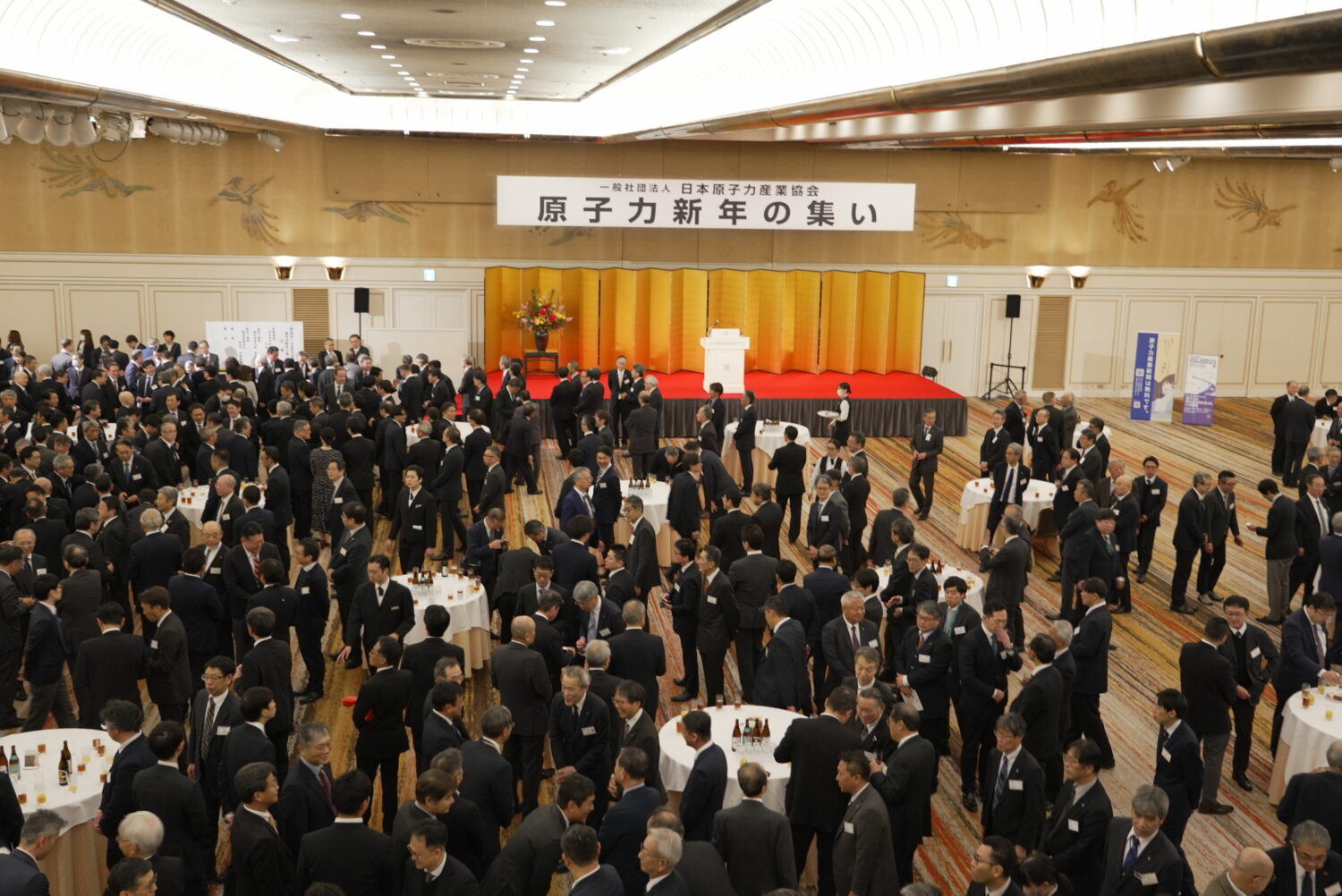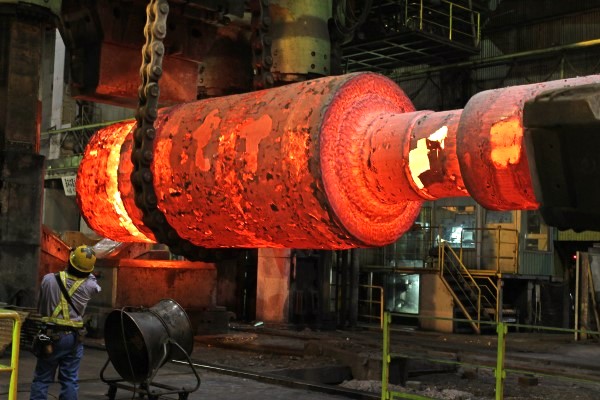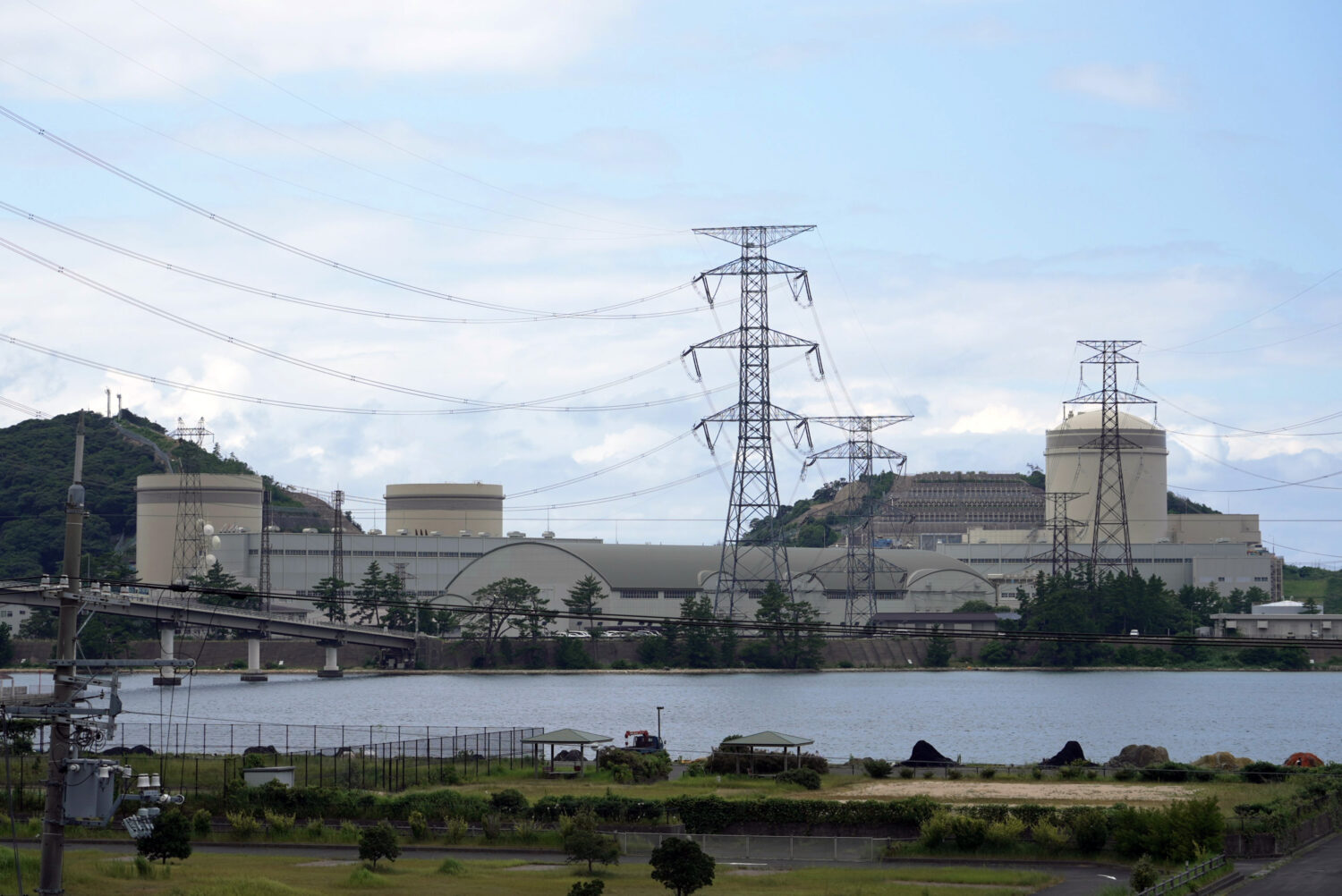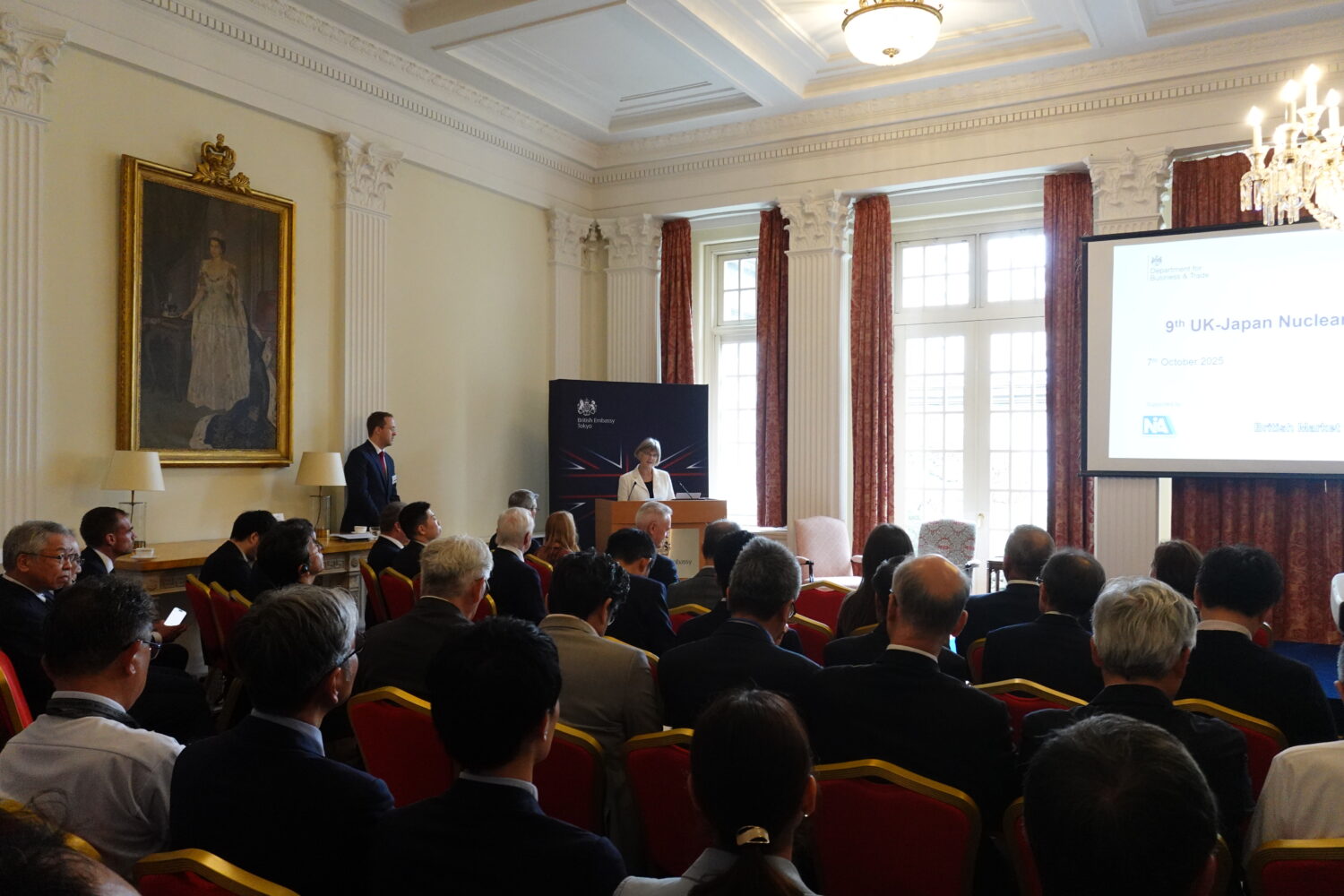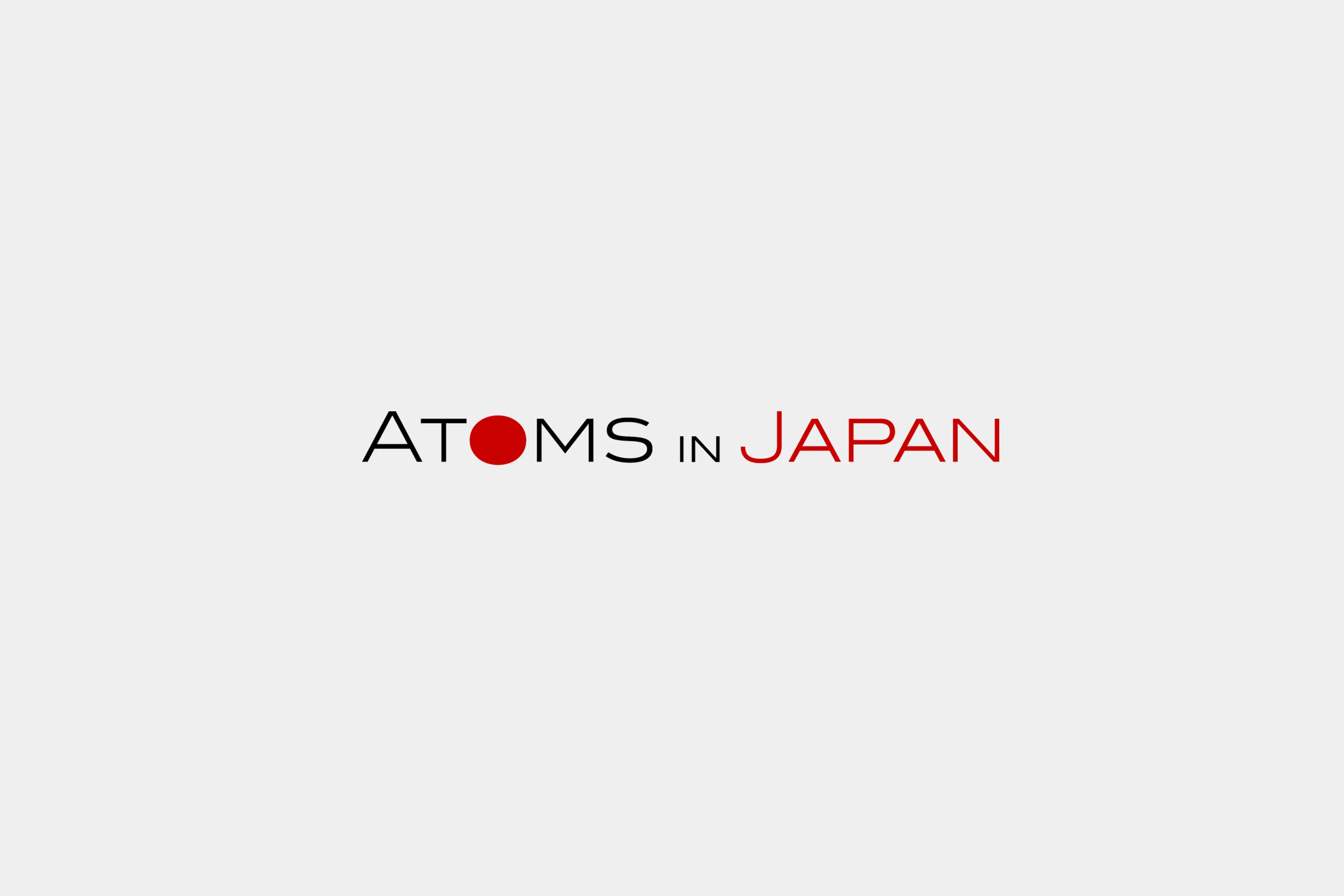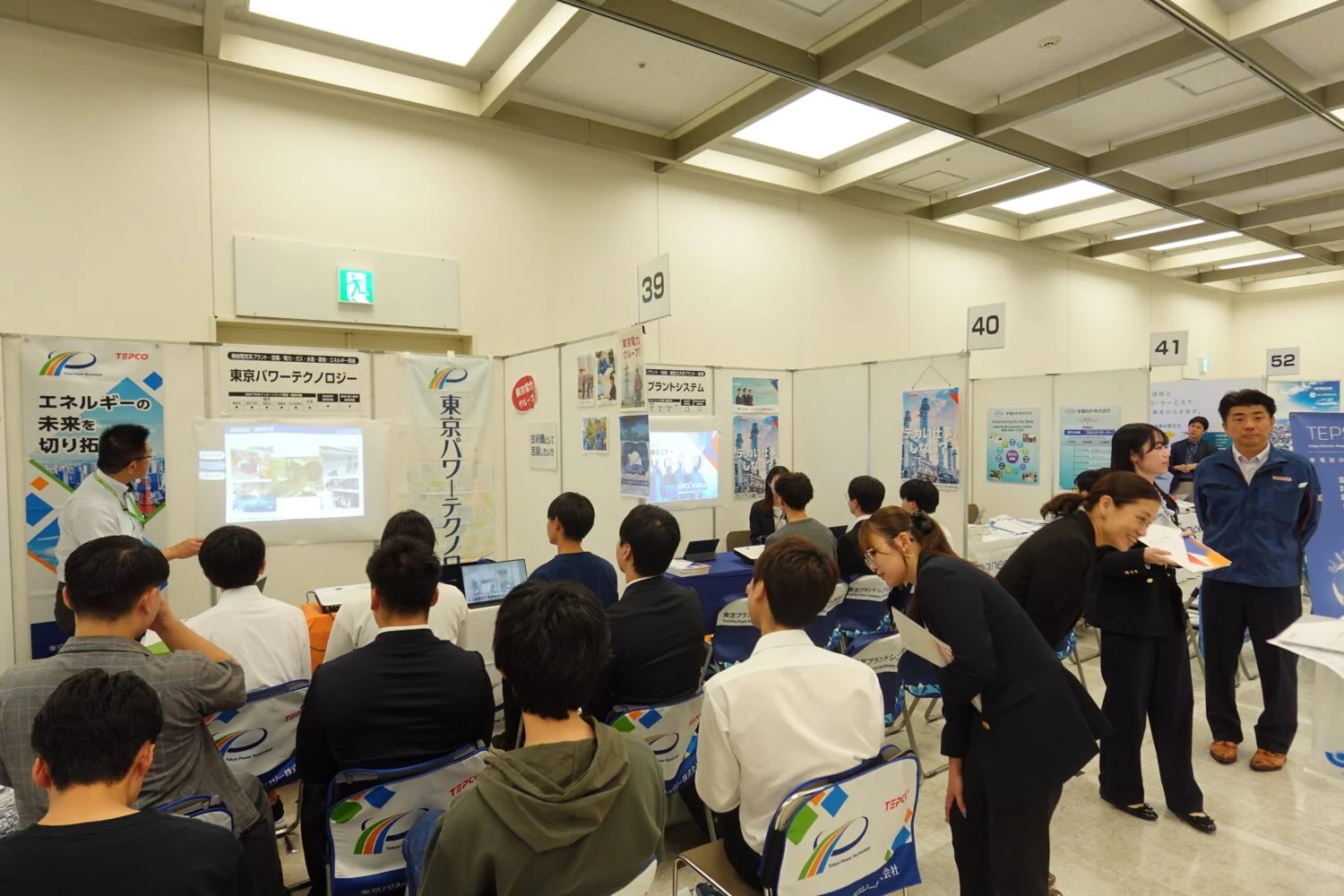Typical nuclear fusion methods include the “Tokamak” type, which creates donut-shaped fuel plasma and confines it using magnetic fields in conditions similar to the high temperature and high-density environment of the sun. Another method is the “Laser” type, which employs inertia principles to briefly confine plasma, heating it with lasers to trigger rapid, momentary nuclear fusion reactions.
The advantages of nuclear fusion—such as high energy efficiency, abundant fuel resources, and strong environmental protection—are driving its development worldwide. It is viewed as a key solution for decarbonization and energy security, with the Japanese government targeting demonstration power generation in the 2030s.
With this latest funding round, EX-Fusion aims to demonstrate continuous operation that achieves ten fusion reactions per second. Successful demonstration would pave the way for applications beyond power generation, including manufacturing, healthcare, and space exploration, through high-power lasers and advanced optical control technologies. EX-Fusion expressed strong ambition, stating, “Starting with laser fusion, we aim to create a new photonics industry and transform the future of energy and industrial sectors.”


